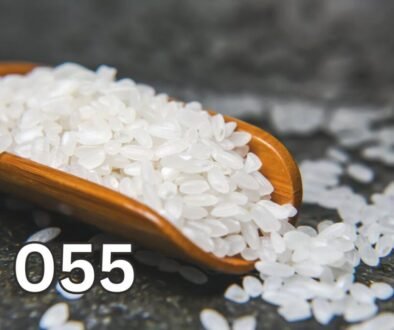The Potato Story: How This Humble Superfood Shaped Our World
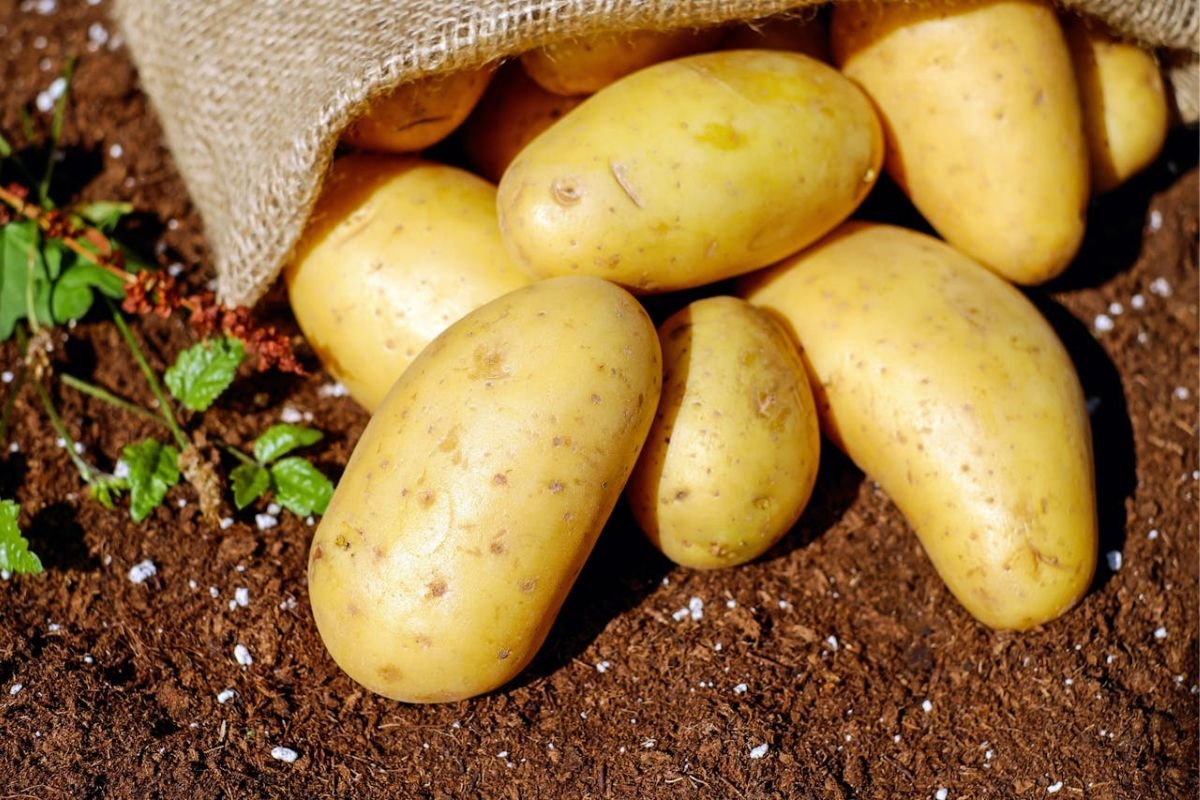
01 JULY 2025
The Underappreciated Power of the Potato H3
Think about all the ways we enjoy potatoes: French fries, crisps, hash browns, mashed potatoes, and hearty stews. They’re everywhere. So how could something so popular still be considered underrated?
Because there’s far more to potatoes than meets the eye.
Despite being the fourth-largest food crop in the world, trailing only corn, wheat, and rice, their true value often goes unnoticed. Beyond their role as a tasty and versatile ingredient, potatoes have had a significant impact on history, nutrition, and even global economies.
Take Adam Smith, for example. The economist behind The Wealth of Nations highlighted potatoes as one of the most efficient food sources for sustaining large populations. Societies that depended on them tended to have stronger, well-nourished workforces, thanks to their high yield and nutritional density. He wasn’t necessarily calling for a potato-based diet, but he recognised their remarkable ability to fuel productivity and growth.
But potatoes aren’t just a modern marvel, they have a fascinating origin story. Like corn (which we explored last month), they were first domesticated by the Indigenous peoples of the Andes in South America. However, while corn spread globally soon after Columbus, potatoes took centuries to gain widespread acceptance in Europe.
And here’s where things get even more interesting: potatoes belong to the nightshade family, which includes some notoriously toxic relatives. Early farmers had to carefully cultivate and domesticate them to make them safe for consumption. On top of that, unlike grains that reproduce through seeds, potatoes are typically grown from cuttings of existing plants, a unique trait that shaped their cultivation.
But beyond their history and quirks, there are plenty of practical questions about this staple:
- Are potatoes more like vegetables or staple grains?
- What are the healthiest ways to eat them?
- How can we avoid their natural toxins?
Let’s take a deep dive into one of the most misunderstood and underestimated foods in the world, The Potato.
A Crucial Warning: The Hidden Danger in Potatoes
Most of us think of potatoes as nothing more than a simple, comforting food. But did you know they belong to the same family as tomatoes and aubergines? That’s right, potatoes are part of the nightshade family (Solanaceae), which includes both delicious crops and some highly toxic plants.
Not a Root, But a Tuber
Unlike tomatoes and aubergines, which produce edible fruits above ground, potatoes develop underground tubers. And here’s something interesting, what we eat isn’t actually a root, but a modified underground stem. That’s why potatoes have “eyes” that can sprout new growth. If they were roots, they wouldn’t have these growth points!
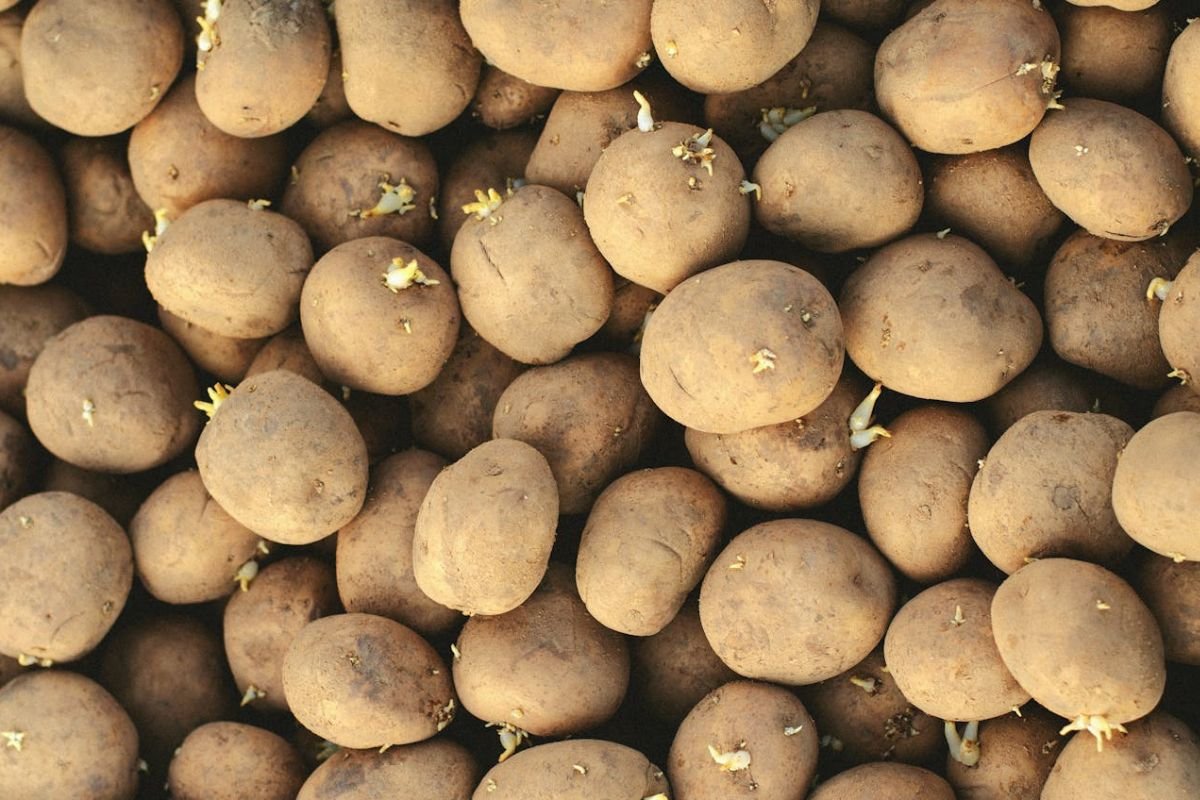
Speaking of sprouting potatoes, this brings us to a critical safety rule:
- Never eat potatoes that have sprouted excessively or turned green.
Why Are Sprouted or Green Potatoes Dangerous?
When a potato starts sprouting or turning green, it’s a sign that solanine, a natural toxin, has increased to unsafe levels.Solanine is a defence mechanism that protects potatoes from pests, and while small amounts exist in all potatoes, excessive levels can be harmful to humans. In severe cases, eating too much solanine can lead to:
- Nausea
- Headaches
- Gastrointestinal distress
- More serious neurological symptoms in extreme cases
And here’s the scary part, solanine is heat-resistant, so cooking won’t break it down!
Can You Just Cut Off the Green or Sprouted Parts?
If a potato has a few small sprouts or mild greening, removing those sections is usually enough to make it safe to eat. However, if a potato is heavily sprouted, very green, or tastes bitter, it’s best to throw it out. The solanine concentration in those cases can be dangerously high.How to Store Potatoes Safely
To prevent sprouting and keep your potatoes safe to eat:- Store them in a cool, dark, well-ventilated place (not in the fridge, as cold temperatures can turn their starch into sugar).
- Buy only what you need to avoid potatoes sitting around too long.
- Check for sprouts and green spots regularly, and if in doubt, throw it out!
With a little care, you can enjoy potatoes safely without worrying about toxins. After all, they’re one of the most versatile and nourishing foods we have, when eaten wisely!
Can Potatoes Grow “Tomatoes”?
If you’ve ever wondered whether the wild ancestors of potatoes still exist today, the answer is yes! Wild potato species can still be found in South America, particularly in regions stretching from Peru to Argentina. One especially important group, classified under Solanum brevicaule and its close relatives, is believed to be among the ancestors of modern cultivated potatoes.
But here’s the catch, these wild potatoes are nothing like the ones we eat today.
Tiny, Tough, and Toxic: Wild Potatoes vs. Modern Varieties
The first potatoes weren’t the plump, smooth-skinned varieties we find at the supermarket. Instead, wild potatoes were incredibly small, some no bigger than a cherry or a wild date. And even if you could overlook their size, their high levels of solanine and other toxic glycoalkaloids made them unsafe to eat in large amounts.
Still, scientists have dared to taste them, for research, of course! And their findings?
- Thick skins
- Very dry and chewy texture
- A faint roasted scent when cooked
- A bitter flavour that can cause a burning sensation
Fascinating? Yes. Edible? Not so much!
How Early Farmers Transformed the Potato
Despite their toxicity and tiny size, wild potatoes caught the attention of the indigenous people of the Andes, just as early farmers in Mexico selectively bred corn into the staple crop we know today. However, domesticating potatoes was a very different challenge compared to corn.
With corn, farmers could simply cross-pollinate seeds from the best plants and gradually improve the crop over generations. But potatoes don’t work that way.
The Unique Way Potatoes Are Grown
Most plants reproduce through seeds, but potatoes are usually propagated vegetatively. Instead of relying on seeds, farmers take pieces of an existing potato, ensure each has at least one “eye,” and plant them in the soil. These pieces sprout roots and shoots, eventually growing into new potato plants.
This method, known as asexual reproduction, has some key advantages:
- Faster growth – no need to wait for seeds to develop
- Consistency – each new plant is a genetic clone of the original
But there’s also a serious downside. Since all the plants are genetically identical, they lack diversity, making them more vulnerable to diseases and environmental changes. This explains why traditional selective breeding, as seen with grains like corn, isn’t as effective for improving potatoes.
Wait… Do Potatoes Produce Seeds at All?
If potatoes are usually grown from tubers, does that mean they never produce seeds?
Actually, they do. But that’s where things get even more interesting…
Did You Know Potatoes Can Grow Fruit?
Most people have never seen a potato plant in full bloom, let alone noticed that it can produce fruit, but it can! These small, green, tomato-like berries develop after the plant flowers. If you’ve ever mistaken them for unripe cherry tomatoes, you’re not far off, potatoes and tomatoes belong to the same family, Solanaceae.
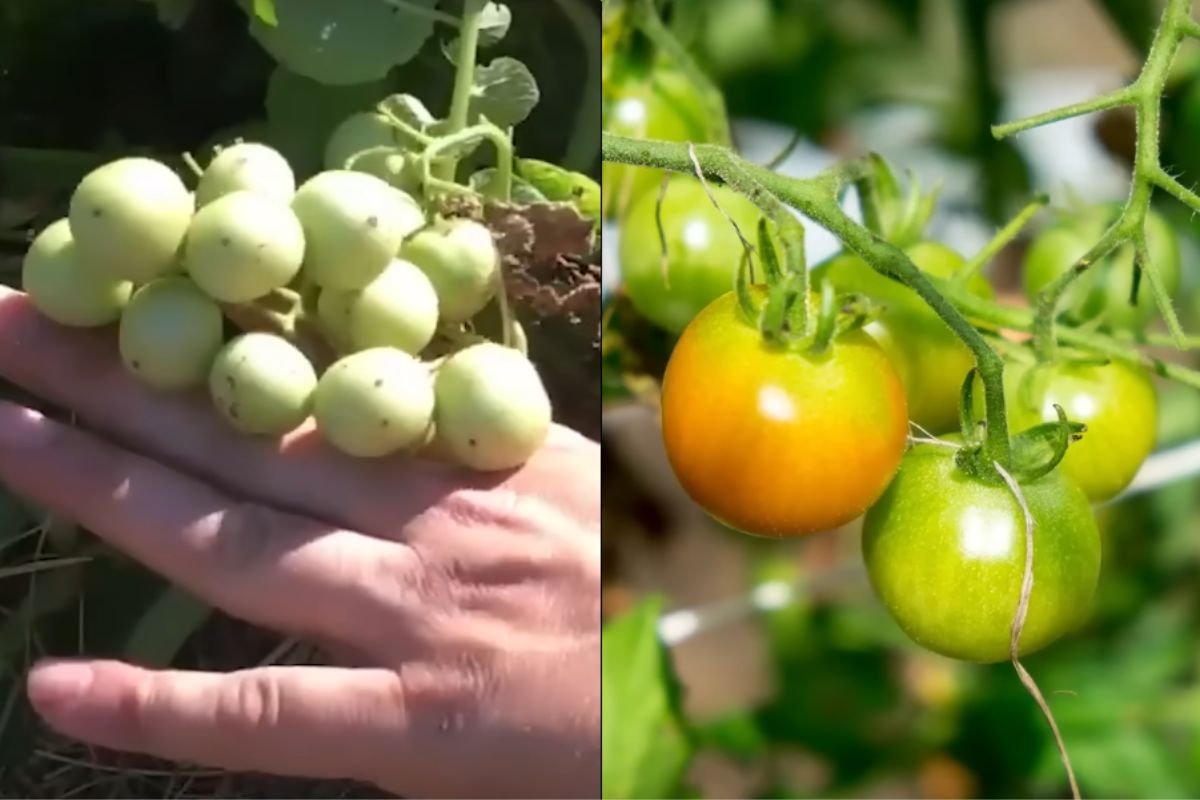
The Mystery of Potato Fruits
At first glance, these small green or yellowish-brown fruits don’t seem all that unusual. Inside, however, they hold hundreds of tiny seeds known as true potato seeds (TPS). Unlike tubers, these seeds allow potatoes to reproduce sexually, introducing genetic diversity instead of creating clones.
Sounds like a great way to grow potatoes, right? Well, not so fast.
The Problem with Potato Seeds
Unlike most garden vegetables, potatoes don’t make seed-saving easy. They struggle with something called self-incompatibility, meaning a single plant can’t fertilise itself. To produce fruit, it must be pollinated by a genetically different potato plant.
That’s not the only challenge. Most cultivated potato varieties are tetraploid, meaning they have four sets of chromosomes instead of two. This extra genetic material makes inheritance patterns wildly unpredictable. If you plant a potato seed, you might get:
- A plant with tiny, useless tubers
- One with a different taste or texture
- A completely new variety, good or bad
This is why selective breeding is much harder for potatoes compared to simpler diploid crops like wheat or rice.
How Indigenous Farmers Shaped the Potatoes We Eat Today
Despite these challenges, Indigenous Andean farmers domesticated potatoes between 7,000 and 10,000 years ago. They painstakingly selected varieties suited to different altitudes, climates, and uses, leading to the 4,000+ native potato varieties that still exist in the Andes today.
Rather than relying on unpredictable seeds, they used vegetative propagation: planting pieces of tubers instead. This method ensured each new plant was genetically identical to its parent, preserving desirable traits. But it also had a drawback: no natural genetic improvements.
Why Potato Breeding Is So Slow
Unlike grains, which can be improved through cross-pollination, potato breeding is painfully slow. Many of the potatoes we eat today, like the King Edward, a staple in the UK, have been around for over a century, continuously propagated as clones instead of being bred for improvements.
This means farmers have had to adapt to the potatoes, rather than potatoes evolving to better suit farming conditions.
Can We Speed Up Potato Evolution?
Scientists think so! New research is focused on developing diploid potatoes that are self-compatible, meaning they can fertilise themselves and be bred more like traditional crops.
With techniques like:
- Hybridisation – crossing different strains for better traits
- Gene editing – fine-tuning desirable characteristics
Researchers hope to create potatoes that are:
- More adaptable to changing climates
- Less vulnerable to disease
- Easier to store and transport as seeds instead of tubers
If successful, this could revolutionise potato farming. Instead of relying on clones, farmers might one day plant true potato seeds, making the crop cheaper, more resilient, and more sustainable.
The humble potato isn’t stuck in the past, it’s on the verge of a scientific breakthrough!
How Potatoes Changed the World
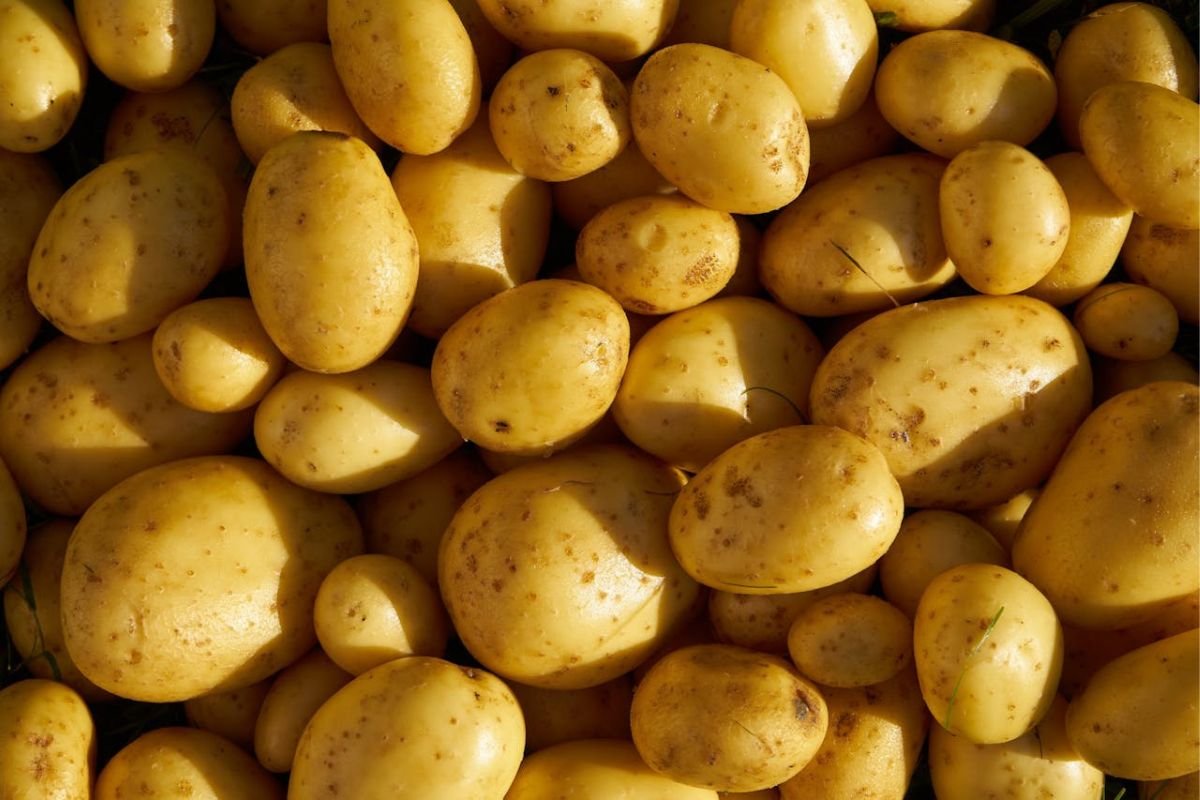
Like corn, potatoes were a staple food for Indigenous peoples of the Americas, but their journey from a humble Andean crop to a global phenomenon is nothing short of extraordinary.
A Sacred Crop of the Andes
While corn originated in Mesoamerica, potatoes were first domesticated in the Andes and played a crucial role in the Inca civilisation. They weren’t just food, they were a cultural cornerstone, celebrated through festivals and rituals that honoured their deep historical and spiritual significance. Even today, Indigenous Andean communities continue to pay tribute to the potato, recognising it as a lifeline for generations past and present.
A Rocky Start in Europe
When potatoes first arrived in Europe, they weren’t exactly welcomed with open arms. People were suspicious of this strange underground crop, and for good reason, it belonged to the Solanaceae family, the same plant family as Deadly Nightshade (Atropa belladonna).
Deadly Nightshade wasn’t just toxic; it was the stuff of legends, rumoured to be used by witches and assassins. Because of its connection to poisonings, some Europeans believed potatoes were dangerous too. Myths spread that eating them could cause leprosy or other diseases, leading to their nickname: “the devil’s plant.”
From Rejected Root to Survival Staple
Despite the fear and superstition, one thing can change the fate of a food: hunger.
By the 17th century, famine-stricken regions across Europe reluctantly turned to potatoes out of necessity. The crop had undeniable advantages:
- Grew well in poor soil
- Produced high yields
- Survived harsh conditions
Once people realised that potatoes weren’t just safe to eat but also incredibly nutritious, the crop spread rapidly across the continent.
Ireland’s Love Affair with the Potato
Nowhere did potatoes transform society more than in Ireland. Unlike grains, which required large plots of land and intensive labour, potatoes were easy to grow and packed with calories, enough to sustain entire families with minimal resources.
The result? A population boom.
Between the early 1600s and 1845, Ireland’s population exploded from 1.5 million to over 8 million, a staggering increase fuelled largely by the humble potato. It became not just a food source but the food source, feeding the majority of the population, especially the poor.
The Potato’s Role in Europe’s Transformation
As potatoes spread, they helped reshape Europe’s economy and society. Some historians argue that Europe’s rapid urbanisation and population growth wouldn’t have been possible without them.
Why? Because potatoes:
- Provided a stable food supply
- Reduced the risk of famine
- Freed up labour for cities and industries
In fact, some believe that the Industrial Revolution might not have progressed as quickly without the potato. After all, a well-fed workforce is the foundation of economic expansion.
While the potato wasn’t the only factor behind Europe’s transformation, it certainly played a major role in laying the groundwork for a more stable, productive, and rapidly growing society.
How the Potato Famine Shaped the World
By the early 19th century, potatoes weren’t just a staple food, they were the backbone of Europe’s booming population. Even Adam Smith, in The Wealth of Nations, recognised their power. He noted that potatoes could feed more people using less land than grains, making them an essential fuel for economic growth.
But just as potatoes were transforming Europe, disaster struck.
The Blight That Brought a Nation to Its Knees
In 1845, Ireland’s potato fields were hit by a catastrophe, a devastating disease called late blight, caused by the water mould Phytophthora infestans. The blight ravaged crops, turning once-healthy potatoes into rotting, inedible masses.
The real problem? Nearly all of Ireland’s potatoes were genetic clones, propagated from seed potatoes rather than true seeds. Without genetic diversity, they had no defence. Once the blight took hold, it spread unstoppably, year after year.
The Great Famine: A Human Catastrophe
For Ireland, this was more than a bad harvest, it was a death sentence.
Potatoes were the primary food source for much of the population, particularly the poor. When the crops failed, people had nothing to fall back on. Between 1845 and 1852, over a million people died, not just from starvation but also from disease, as malnutrition left them too weak to fight off infections.
But death wasn’t the only outcome. Those who could, fled.
The Mass Exodus: How the Irish Changed the World
With no future in Ireland, about a million people emigrated during the famine, and in the following decades, millions more followed. Most set sail for America, while others found new homes in Canada, Australia, and Britain.
At the time, the United States was booming, driven by the rise of industry and urbanisation. Irish immigrants became a crucial part of the workforce, taking jobs in factories, railroads, and construction. Often gruelling, low-paying, and dangerous work that fuelled America’s expansion.
From Famine to Legacy
The impact of Irish immigration wasn’t just economic, it reshaped American society and culture. Over time, Irish-Americans climbed the social and political ladder, leaving their mark in ways no one could have predicted.
U.S. Presidents like John F. Kennedy, Ronald Reagan, and Joe Biden all have Irish ancestry.
Walt Disney, the creative mind behind Disney, and Henry Ford, the man who revolutionised the automobile industry, were both of Irish descent.
It’s a strange twist of fate: a crisis that devastated Ireland ultimately helped fuel America’s rise as an industrial power.
From this perspective, you could say that potatoes changed Ireland, which in turn changed America, ultimately shaping the world in ways no one could have imagined.
Can You Survive on Just Potatoes?
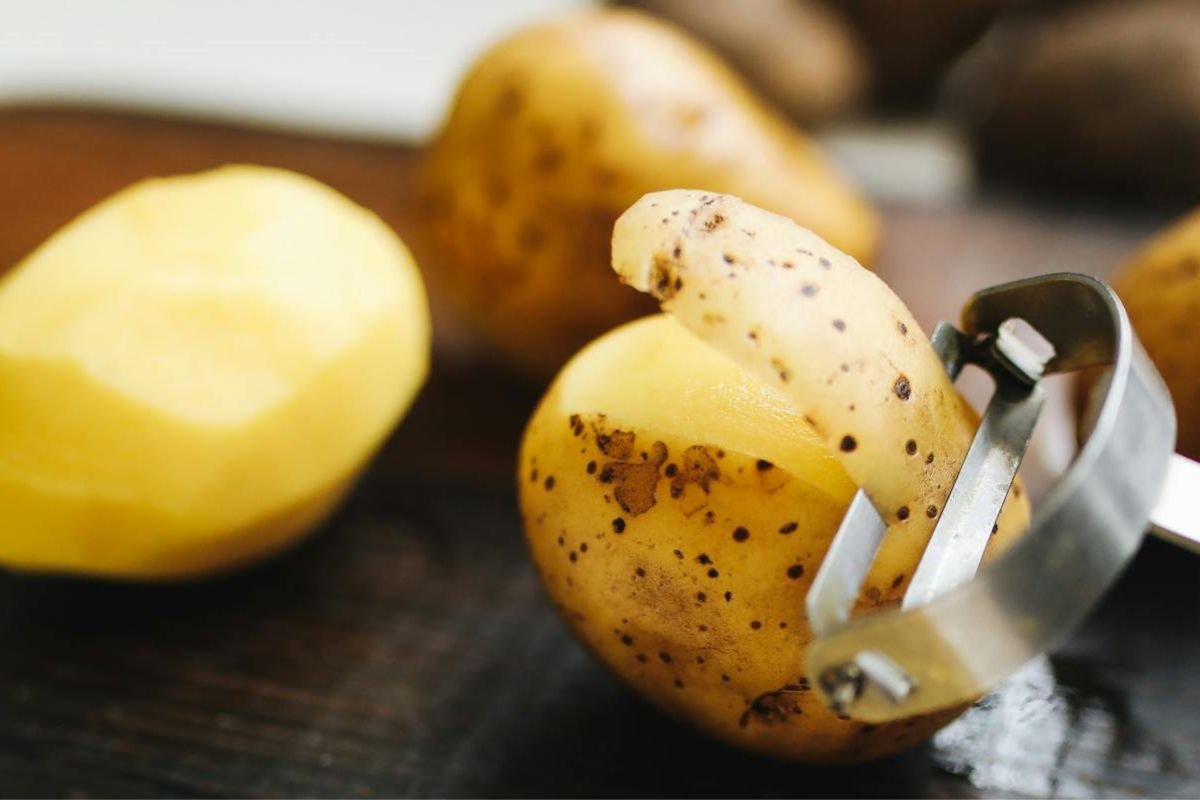
We all know that a balanced diet is key to staying healthy. No single food can provide everything our bodies need indefinitely, that’s just a fact.
But if there were one food that came close? It would be potatoes.
Surprisingly, potatoes are one of the few foods that could keep you alive and relatively healthy for a long time, at least physically. Mentally? That’s another story. We’re not all astronauts stranded on Mars, surviving on potatoes like in The Martian. And let’s be honest, eating nothing but potatoes every day would get very boring, very fast.
Still, what makes potatoes such a nutritional powerhouse?
Why Are Potatoes So Nutritious?
The two biggest nutrients in potatoes are carbohydrates and protein.
- Carbohydrates – Potatoes are about 20% carbs, making them an excellent energy source.
- Protein – They contain only about 2% protein, which sounds low, until you factor in moisture content.
Here’s the catch: moisture matters. While grains like wheat and rice are only 10% water, potatoes are 77% water. When compared on a dry-weight basis, potatoes provide just as much energy as traditional staples.
But what really sets them apart? The quality of their protein.
Even though potatoes aren’t loaded with protein, the protein they do have is exceptionally high-quality. Their amino acid profile is well-balanced, meaning they provide essential amino acids, the ones our bodies can’t make on their own. That makes potatoes an excellent plant-based protein source.
And there’s more, potatoes are also incredibly filling.
Why Potatoes Keep You Fuller for Longer
Ever noticed that after eating a plate of fries or a baked potato, you feel satisfied for hours? That’s because potatoes rank extremely high on the satiety index, a measure of how filling foods are.
- High in fibre – Slows digestion and keeps hunger at bay.
- High water content – Helps with hydration and digestion.
- Balanced macronutrients – Provides long-lasting energy, unlike sugary snacks that lead to crashes.
This is why potatoes are often recommended for weight management, they fill you up without excessive calories.
The Nutritional Power of Potatoes
Beyond carbs and protein, potatoes are packed with vitamins and minerals.
- Vitamin C – A single medium potato provides about 30% of your daily vitamin C needs, a surprising amount for a starchy food!
- B vitamins – Essential for energy production and brain function.
- Potassium – More than a banana! Supports heart health, muscle function, and hydration.
- Iron, magnesium, and phosphorus – Important for blood health, muscle function, and bone strength.
Because of this unique nutritional profile, potatoes sit somewhere between a grain and a vegetable. Starchy like wheat, but packed with more vitamins and minerals. That’s why they can be a staple food or a side vegetable, depending on how they’re prepared.
But while potatoes are impressive, they aren’t a perfect food. A well-rounded diet still requires fats, additional proteins, and a variety of nutrients.
So, could you survive on just potatoes? Technically, yes, for a while. But would it be a long-term, balanced way to eat? Not quite.
The Limits of a Potato-Only Diet
Potatoes may be nutritionally impressive, but they have one major drawback? They’re extremely low in fat.
This means they don’t provide essential fatty acids, which your body needs for:
- Brain function – Supporting memory and cognition.
- Hormone production – Regulating everything from metabolism to mood.
- Overall health – Maintaining skin, hair, and cell function.
Missing Key Vitamins and Minerals
While potatoes shine in many areas, they also lack certain essential nutrients, including:
- Vitamin A & Vitamin E – Crucial for vision, skin health, and immune function.
- Iron, Calcium & Zinc – Present in small amounts, but not enough to sustain long-term health.
This is why surviving on only potatoes isn’t practical or sustainable. Nutrient deficiencies would eventually have serious effects.
That said, potatoes are still an incredibly nutritious choice when part of a balanced diet. They’re naturally:
- Low in fat – Making them a heart-healthy option.
- High in fibre (especially with the skin) – Promoting digestion and satiety.
- Packed with vitamins and minerals – Making them a strong dietary staple.
But there’s one crucial factor, how you prepare them matters.
A baked or boiled potato is worlds apart from deep-fried fries or potato crisps. While potatoes themselves aren’t unhealthy, ultra-processed versions loaded with salt and oil can quickly turn them into junk food.
So, when it comes to potatoes, it’s not just about eating them, it’s about how you eat them.
A Simple Trick to Make Potatoes Even Healthier
Want to boost the nutritional benefits of your potatoes? Let them cool before eating.
Yes, really.
As potatoes cool, some of their starch transforms into something called resistant starch, which acts more like fibre than a typical carbohydrate, leading to several benefits:
- Fewer calories absorbed – Your body extracts less energy from the same amount of potatoes.
- Longer-lasting fullness – Resistant starch slows digestion, keeping you satisfied longer.
- Great for gut health – It feeds beneficial gut bacteria, supporting digestion and immunity.
This means that cooled potatoes, like those in potato salads, are a great choice for people looking to manage their weight, improve digestion, or support overall gut health.
So, the next time you make potatoes, consider letting them chill, your body (and your gut) will thank you.
Why Do Some Potatoes Turn Fluffy While Others Stay Firm?
Have you ever wondered why some potatoes become soft and fluffy when cooked, while others stay firm and slightly crisp?
It all comes down to starch composition.
Potatoes contain two main types of starch:
- Amylose (20–25%) – Higher amylose content makes potatoes drier, fluffier, and more crumbly after cooking.
- Amylopectin (75–80%) – More amylopectin results in a firmer, waxier texture, helping potatoes hold their shape.
This is why different potatoes behave differently in the kitchen:
- Fluffy potatoes (like Russets) break down easily, making them perfect for baking, mashing, and frying.
- Waxy potatoes (like Yukon Gold or Red potatoes) stay firm, making them ideal for soups, salads, and stir-fries.
So, the next time you’re picking potatoes for a recipe, think about the texture you want, because not all potatoes cook the same way!
How Potatoes Fit Into Your Diet
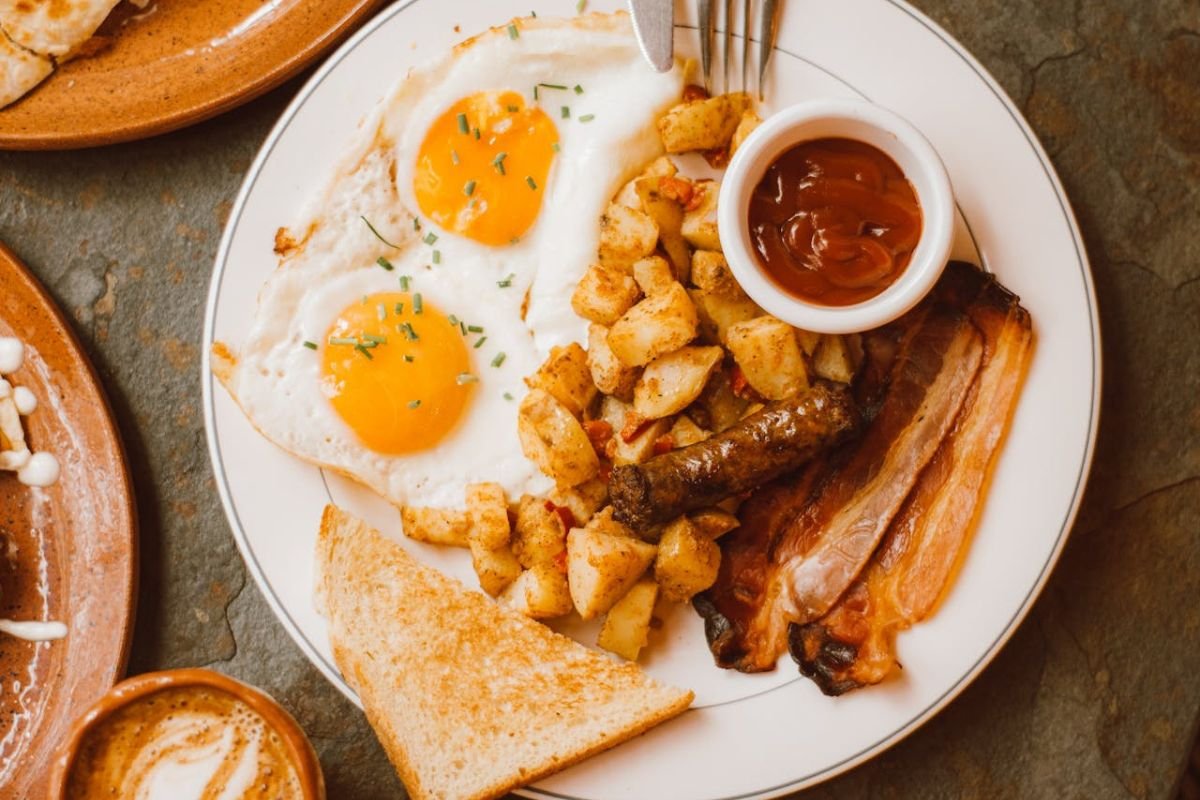
Since potatoes are naturally high in carbohydrates, it’s worth considering how they fit into your meals.
- If you’re eating potatoes as a vegetable in a mixed dish, you may want to adjust portions of other starchy foods (like rice or bread) to keep your carb intake balanced.
- If you’re using potatoes as a staple, pairing them with protein and healthy fats creates a more balanced and satisfying meal.
At the end of the day, potatoes are incredibly versatile, and whether you enjoy them fluffy, creamy, baked, or boiled, they can be part of a nutritious and delicious diet. It all comes down to how you prepare them.
If you found this article fascinating, share it with others and spark the conversation! And don’t miss my next piece, where I uncover another surprising food story. You won’t want to miss it!

